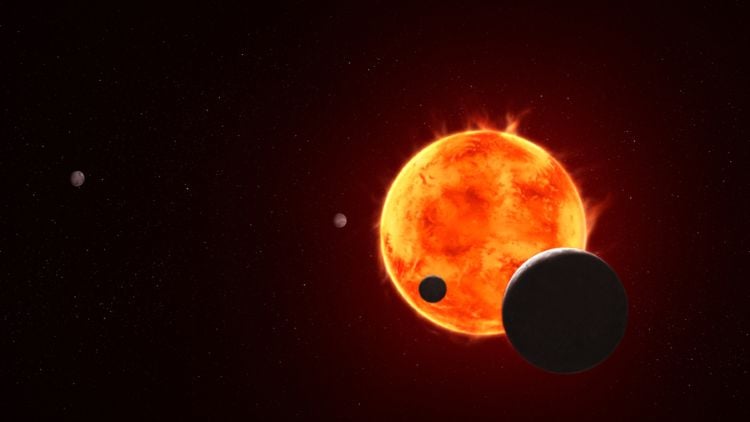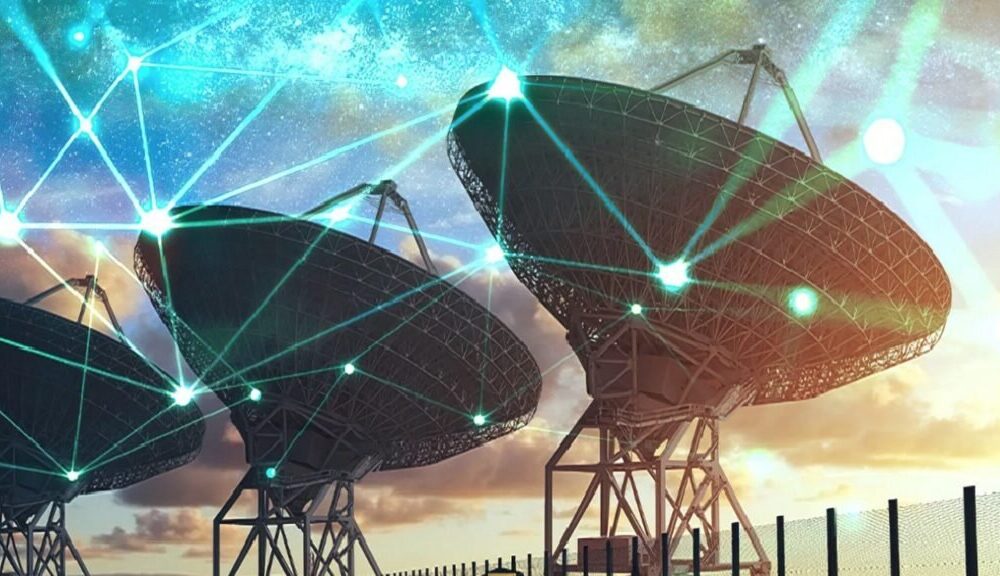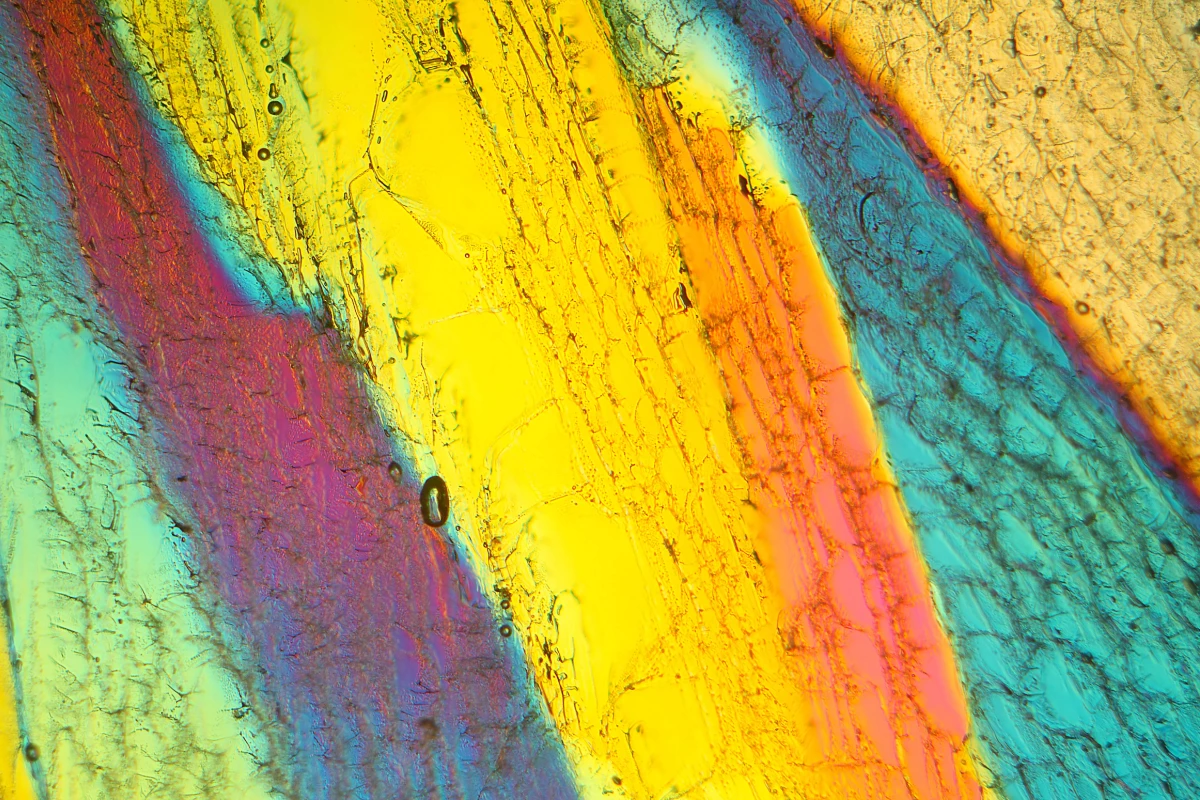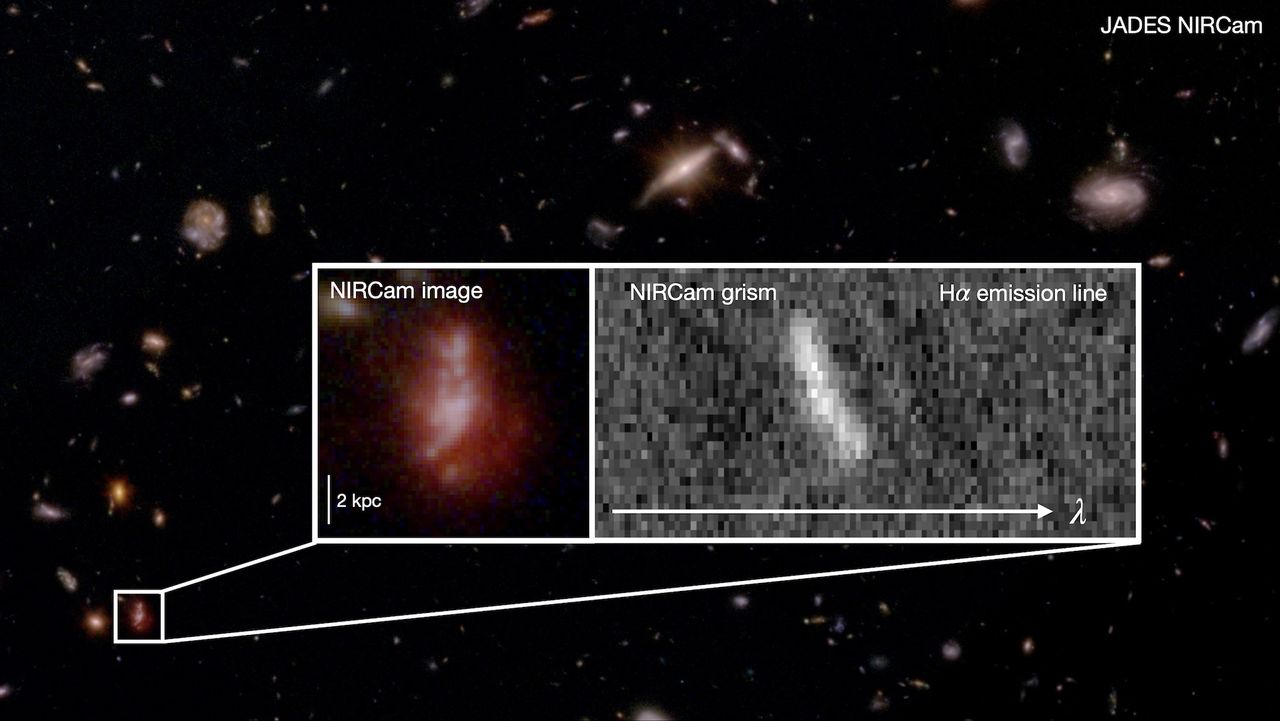A team of researchers has taken a significant step in the quest to identify potential life forms in the atmospheres of exoplanets. Their recent study investigates how the biosignatures of airborne microbes could be detected in these distant environments. By applying laboratory methods to analyze microbial strains from Earth, the scientists aim to create a foundation for new techniques in the search for extraterrestrial life.
The researchers focused on seven microbial strains, including species such as Modestobacter versicolor and Micrococcus luteus. Utilizing spectroscopy, they examined the light reflected by these samples to determine whether distinct biosignatures could inform future searches for life in exoplanet clouds. The results indicate that each strain possesses unique biosignatures, paving the way for identifying similar features in exoplanetary atmospheres.
Groundbreaking Findings and Future Missions
The study concludes with a noteworthy assertion: “Here, we present an additional path for searching for life on Earth-like exoplanets: the search for biopigments as signs of life in clouds.” The findings offer a critical reference point for upcoming missions targeting biosignature detection, particularly with the anticipated Habitable Worlds Observatory (HWO), slated for launch in the 2040s. HWO aims to utilize advanced spectroscopy to analyze 25 habitable exoplanets for signs of life, while also studying galaxy evolution and solar system objects.
The researchers draw inspiration from past studies, including a seminal 1976 investigation by noted astronomers Dr. Carl Sagan and Dr. Ed Salpeter. They proposed the existence of various organisms within Jupiter’s atmosphere, categorizing them as “Sinkers,” “Floaters,” “Hunters,” and “Scavengers.” This historical context reinforces the ongoing exploration of life in planetary atmospheres.
Recent advancements in technology have further contributed to the understanding of exoplanet atmospheres. The James Webb Space Telescope (JWST) has already provided insights into the atmospheres of several exoplanets, including WASP-39 b and WASP-17 b, located approximately 700 and 1,324 light-years from Earth, respectively. JWST’s findings include the detection of water, carbon dioxide, and carbon monoxide in the atmosphere of WASP-39 b, while quartz particles were identified in the high-altitude atmosphere of WASP-17 b.
The TRAPPIST-1 system, which lies around 41 light-years from Earth, is another focal point for exoplanet research. Hosting seven Earth-sized planets, three of which orbit within the star’s habitable zone, the system has been a subject of intense study. Despite ongoing investigations, the presence of a definitive atmosphere around TRAPPIST-1 e remains uncertain. Future research is crucial for confirming whether these planets possess atmospheres conducive to life.
The Search Continues
The recent study significantly enhances the framework for detecting life beyond Earth, emphasizing the potential of clouds as observable ecosystems on exoplanets. As research in this field evolves, scientists remain committed to unraveling the mysteries of distant worlds.
With the promise of future missions and advancing technology, the scientific community is poised to make groundbreaking discoveries. The quest for extraterrestrial life is ongoing, and researchers are optimistic about the insights that will emerge in the coming years. As they continue to explore the cosmos, the search for life in exoplanet atmospheres remains an exhilarating focus of modern science.







